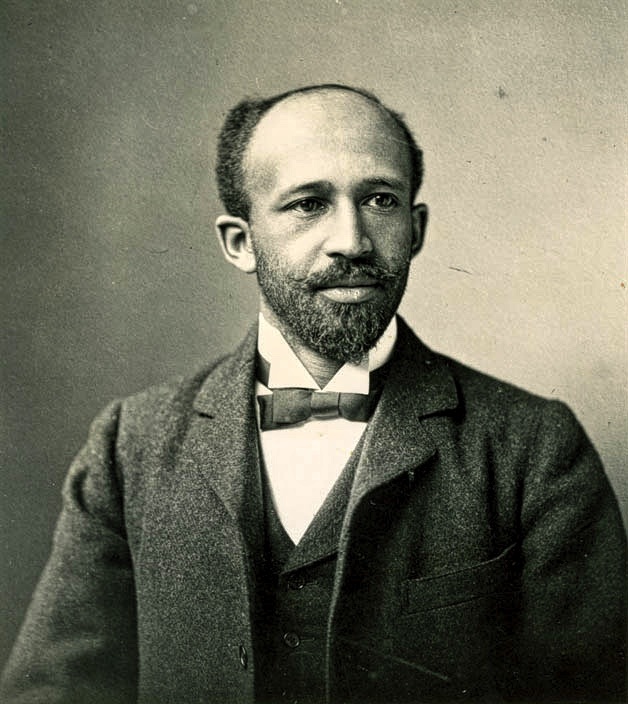
Photograph Source: Unknown Author – Public Domain
The first graphic novels were often dismissed as mere comic books by critics and other entities that consider themselves the guardians of the publishing world. In a manner similar to paperbacks, graphic works were labeled as something less worthwhile than a hardcover book published by an industry heavyweight. As time went on, the perception of paperbacks changed, prompting some writers preferring their works be published in paperback and hardcover. Some publishers went even further, publishing first editions in paperback only. A similar trajectory has occurred in the world of graphic texts. No longer are these book length works considered as little more than big comic books. Also true is that more than fiction is being composed and published in this expanding format.
Writer, publisher and editor Paul Buhle has been editing books of graphic nonfiction for over twenty years. Before that, he occasionally worked with underground comic artists, most notably when he was part of the collective that published the late 1960s-early 1970s Radical America magazine. Many of Buhle’s more recent works are biographies with subjects including Johnny Appleseed, Che Guevara, Herbert Marcuse and Paul Robeson. Over this period of time, Buhle has worked with numerous artists, co-editors and writers. His most recent collaborative work—a graphic presentation of WEB Dubois’ The Souls of Black Folk—is a masterpiece. It breathes a life into one of world literature’s most important texts unlike any other previous version. As so many similar works have already done, this edition of a classic introduces it to a new audience. In addition to a brief history of comics and their graphic successors, Buhle reflects on the meaning of each section written by DuBois, Although short in verbiage, each introduction places the reader inside the text and prepares them for the chapter to come. 
Buhle’s collaborators in this work include Herb Boyd a journalist, teacher and author of over a dozen books, including the classic Black Detroit: A People’s History of Self-Determination and the 1995 graphic work titled Black Panthers for Beginners (a book that sits on my bookshelf and which I heartily recommend). The illustrator of this edition of The Souls of Black Folk is Paul Peart-Smith, whose previous work includes art for the Judge Dredd comic series and as a game developer. Peart-Smith’s work in this text expresses the pain, frustration and the joy DuBois’ text is known for. The art is both realistic and dreamlike, the shades of the colors vaguely impressionistic; sometimes the shapes are starkly outlined in a thin line and in other panels the images seem to arise from the background, somewhere between illusion and fact, both ethereal and real. Last, but certainly not least of the collaborators is Jonathan Scott Holloway, president of Rutgers University, whose introduction to the text provides a biography of DuBois and a brief discussion of the text and its meaning today.
Then there’s DuBois’ text itself. The Souls of Black Folk is a collection of essays reflecting on the state of Black men and women in the United States in the early twentieth century. There are political reflections on the nature of progress, tales of individuals beaten down by the ugly reality of individual racism, commentary on the best means for Black people to improve their lot in post-slavery USA, and celebratory contemplations on Black people’s successes in the nation we call the United States. Underlying each and every section is the phrase first introduced by DuBois in this book: “The problem of the twentieth century is the problem of the color line.” As everyone but the most ignorant and racist would concur, this sentence remains disturbingly relevant twenty-three years into the twenty-first century.
Indeed, reading The Souls of Black Folk in 2023 reminds the reader that the system of racial oppression in the United States is so much more than the all too many instances of individual racism, the constant reminders of how white supremacy is tightly woven into US history, and even the never-ending brutality of the police against Black people. Perhaps another quote from the opening essay in the text text provides the best summation of the meaning of this work and the reality of this nation, even as it celebrates the emancipation of Black Texans known as Juneteenth as a federal holiday. That quote is: “to be a poor man is hard, but to be a poor race in a land of dollars is the very bottom of hardships.” It is in that same essay where DuBois celebrates the cultural and other contributions of Black Americans, writing “there is no true American music but the wild sweet melodies of the Negro slave; the American fairy tales and folk-lore are Indian and African; and, all in all, we black men seem the sole oasis of simple faith and reverence in a dusty desert of dollars and smartness.”
This retelling of The Souls of Black Folk deserves a place among the pantheon of great graphic texts like Art Spiegelman’s Maus and Alan Moore’s The Watchmen. In creating this work, the collaborators have once again ensured the continuing relevance of DuBois’ work in the conversation around white supremacy and the United States. One can only hope it gets the prominence it deserves.
This content originally appeared on CounterPunch.org and was authored by Ron Jacobs.
Ron Jacobs | Radio Free (2023-06-23T05:51:53+00:00) The Illustrated W. E. B. DuBois. Retrieved from https://www.radiofree.org/2023/06/23/the-illustrated-w-e-b-dubois/
Please log in to upload a file.
There are no updates yet.
Click the Upload button above to add an update.